Hawaii’s got way more islands than most people realize. While millions flock to Oahu, Maui, and the Big Island every year, the Hawaiian chain actually includes over 130 islands, islets, and atolls stretching across 1,500 miles of the Pacific Ocean. Most of these remain completely untouched by tourism—some are privately owned, others are wildlife refuges, and a few are so remote that getting there requires serious planning and deep pockets.
The tourist trail hits maybe four or five islands max, leaving dozens of incredible places virtually unexplored by visitors. Some of these hidden gems have fascinating histories, unique ecosystems or simply offer the kind of solitude that’s become nearly impossible to find in modern Hawaii. Here are 16 Hawaiian islands that most tourists never even know exist, let alone visit.
Niihau

Just 17 miles from Kauai, Niihau might as well be on another planet. The Robinson family has owned this island since 1864, and they’ve kept it almost completely closed to outsiders—locals call it the ‘Forbidden Island’ for good reason.
About 170 Native Hawaiians live here, speaking Hawaiian as their primary language and maintaining traditional ways of life. The only tourists allowed are those on expensive helicopter tours that don’t actually land on the island.
Kahoolawe
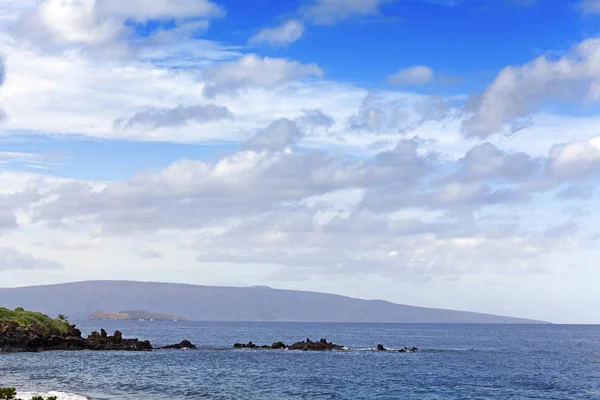
This uninhabited island sits just seven miles from Maui, yet it feels worlds away from the resort crowds. For decades, the U.S. Navy used Kahoolawe as a bombing range, leaving behind unexploded ordnance that still makes much of the island dangerous.
Restoration efforts are ongoing, but access remains extremely limited—only volunteer restoration groups and cultural practitioners can visit, and even then, it requires special permits.
Like Travel Pug’s content? Follow us on MSN.
Lanai
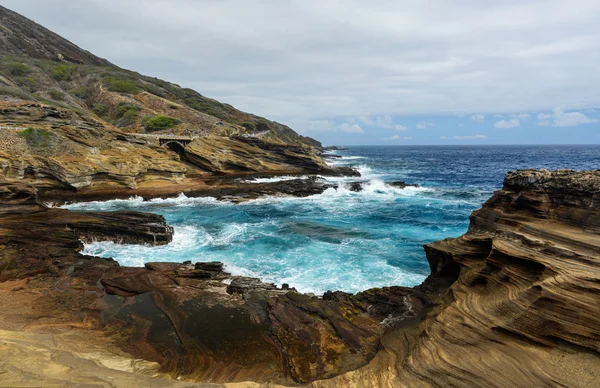
Once known as the ‘Pineapple Island’ when Dole owned most of it, Lanai now belongs to tech billionaire Larry Ellison. The island has just 3,000 residents and attracts maybe a fraction of the visitors that hit other Hawaiian destinations.
Two luxury resorts serve the few tourists who make it here, but most of the island remains undeveloped red dirt roads and abandoned pineapple fields with views that’ll knock your socks off.
Molokai
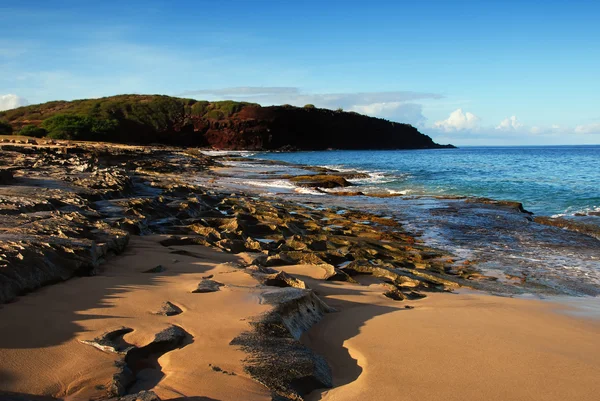
Marketing itself as the ‘most Hawaiian island,’ Molokai has actively resisted tourism development for decades. The island has no traffic lights, no buildings taller than a palm tree, and locals who prefer to keep it that way.
Kalaupapa Peninsula on the north shore once housed a leprosy settlement—now it’s a national park that requires advance permits to visit and tells one of Hawaii’s most moving stories.
Ford Island
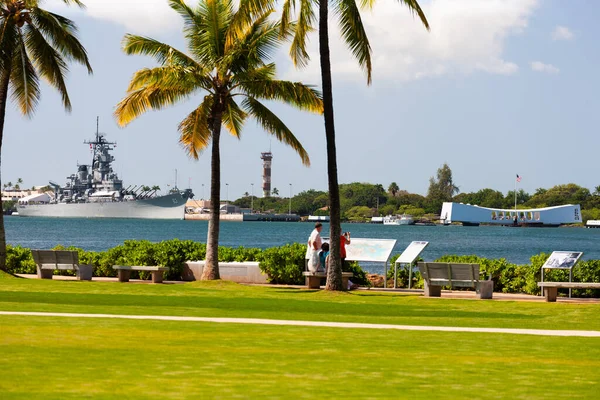
Sitting smack in the middle of Pearl Harbor, Ford Island remains under military control and completely off-limits to casual tourists. The island played a crucial role in the December 7, 1941 attack and still houses active military facilities.
While some historical sites are accessible via official Pearl Harbor tours, most of the island stays restricted—you’ll see it from the USS Arizona Memorial but can’t actually explore it.
Like Travel Pug’s content? Follow us on MSN.
Sand Island
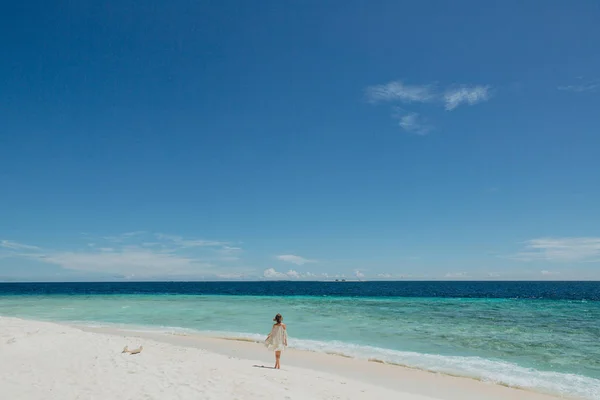
This man-made island sits just offshore from Honolulu Harbor, visible from downtown but rarely visited by tourists. Originally created from dredged harbor material, Sand Island now serves as a state recreation area popular with locals for fishing and picnicking.
The island offers surprisingly good views of Honolulu’s skyline and Diamond Head, but most visitors have no idea it exists despite being so close to the tourist action.
Rabbit Island
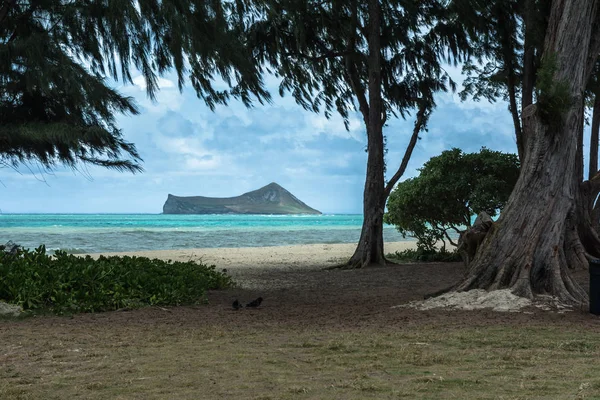
Officially called Manana Island, this small rabbit-shaped islet sits off Oahu’s windward coast near Makapuu Beach. The island is actually a seabird sanctuary that’s completely closed to the public—landing here is illegal and can result in hefty fines.
You can see it clearly from the Makapuu Lighthouse Trail, but that’s as close as you’re getting unless you’re a marine biologist with proper permits.
Coconut Island
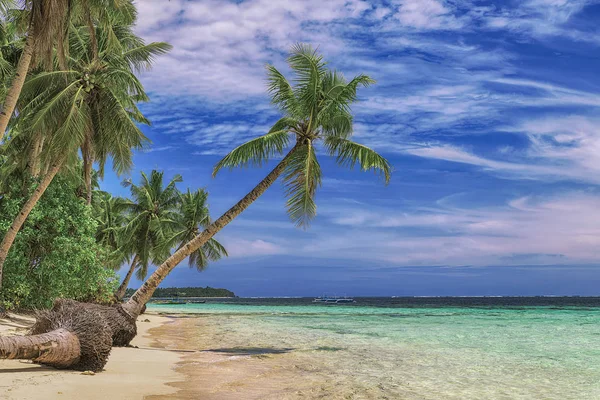
Located in Hilo Bay on the Big Island, Coconut Island might look familiar if you watched ‘Gilligan’s Island’—it appeared in the opening credits. The small island connects to the mainland by a footbridge and serves as a marine lab for the University of Hawaii.
While technically accessible, most tourists never venture to this side of Hilo Bay, missing out on decent snorkeling and a slice of TV history.
Like Travel Pug’s content? Follow us on MSN.
Mokoli’i Island
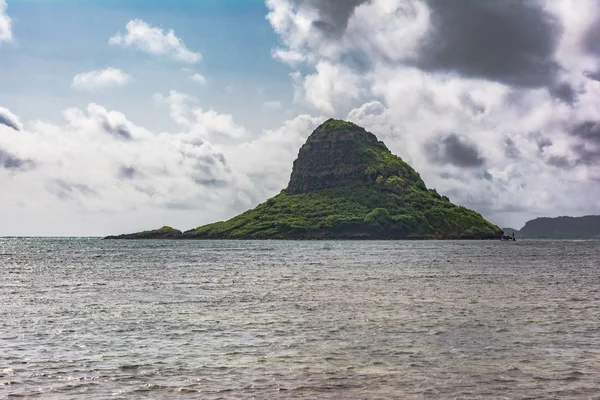
Better known as ‘Chinaman’s Hat’ because of its distinctive shape, this tiny island sits just offshore from Oahu’s windward coast. You can actually walk to it during low tide or take a short kayak paddle, but most tourists stick to the beach and snap photos instead.
The island offers great views back toward the coast and decent snorkeling around its base, though the currents can be tricky.
Lehua Island
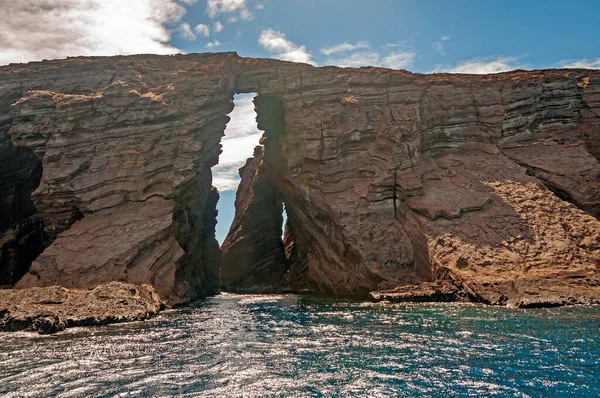
This crescent-shaped island sits just north of Niihau and serves as an important seabird nesting site. Getting here requires a boat trip from Kauai, and landing isn’t always possible due to rough seas and wildlife protection rules.
The island’s dramatic cliffs and sea caves attract serious divers and boaters, but visitor numbers remain minimal due to access challenges and distance from populated areas.
Kaula Island
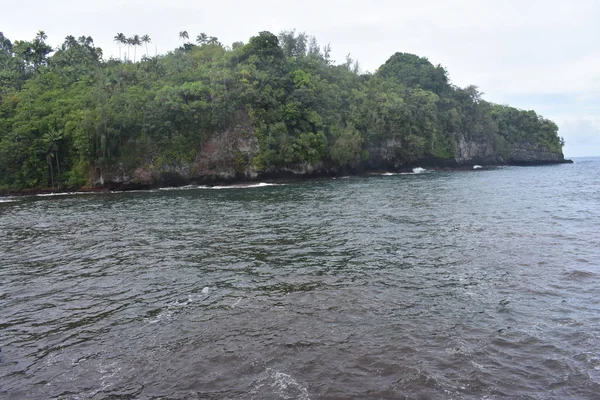
Perhaps the most remote and inaccessible island in the main Hawaiian chain, Kaula sits 23 miles southwest of Niihau. This tiny, barren rock serves as a Navy bombing range and wildlife refuge—definitely not somewhere you can just show up for a visit.
The island supports important seabird populations, but between military restrictions and its isolated location, virtually no civilians ever set foot here.
Like Travel Pug’s content? Follow us on MSN.
Molokini Crater
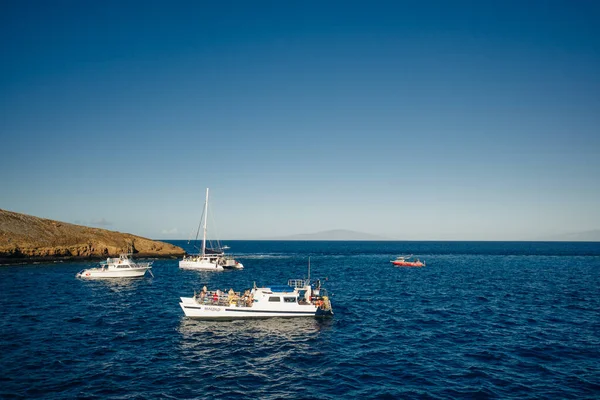
This partially submerged volcanic crater sits between Maui and Kahoolawe, technically qualifying as its own islet. While snorkel boats visit the crater daily, most tourists don’t realize they’re actually visiting a separate ‘island.’
The crescent-shaped formation creates a natural aquarium with incredible visibility and fish populations, though development pressures threaten this delicate ecosystem.
Turtle Island
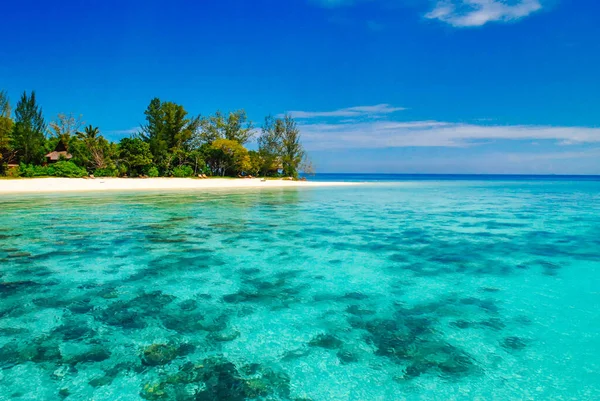
Located in French Frigate Shoals, about 490 miles northwest of Honolulu, this remote sand island sits within Papahanaumokuakea National Monument. The island serves as a crucial nesting habitat for Hawaiian green sea turtles and monk seals.
Access is strictly controlled—only researchers and Native Hawaiian cultural practitioners can visit, and even then it requires extensive permits and planning.
Necker Island
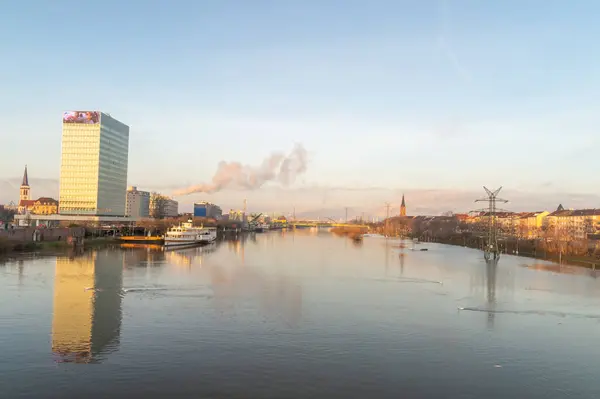
Not to be confused with Richard Branson’s private Necker Island in the Caribbean, Hawaii’s Necker Island sits about 430 miles northwest of Honolulu. This small, rocky island contains important archaeological sites, including ancient Hawaiian religious structures.
The island is completely protected within Papahanaumokuakea National Monument, making it essentially impossible for tourists to visit.
Like Travel Pug’s content? Follow us on MSN.
Pearl and Hermes Atoll
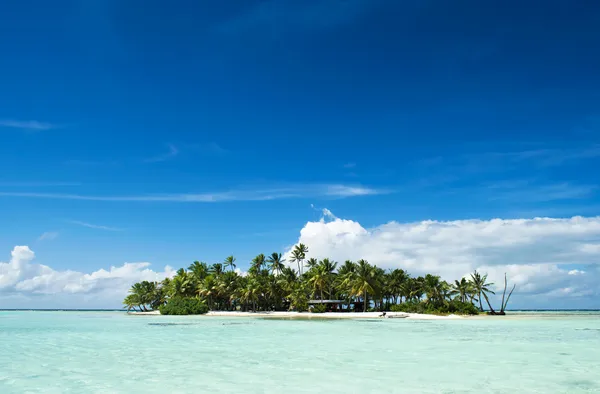
This remote coral atoll sits about 1,200 miles northwest of Honolulu and consists of several small islands surrounding a lagoon. The atoll serves as a critical habitat for endangered Hawaiian monk seals and millions of seabirds.
Like other Northwestern Hawaiian Islands, it’s completely protected and off-limits to tourism—only scientific researchers with special permits can access the area.
Laysan Island
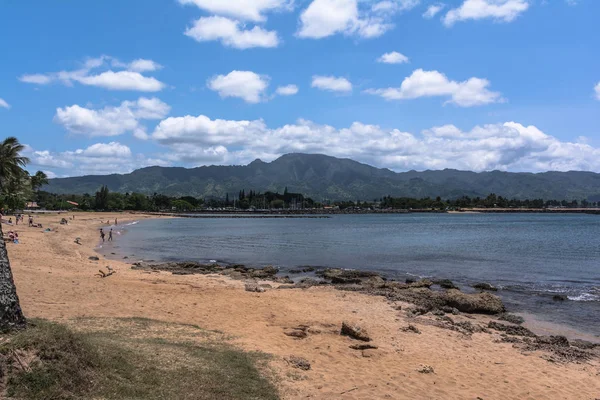
Located roughly 900 miles northwest of Honolulu, Laysan Island supports unique wildlife, including the endangered Laysan duck found nowhere else on Earth. The island once suffered severe environmental damage from introduced rabbits, but restoration efforts have brought back native vegetation and wildlife populations.
Access remains strictly controlled through the national monument designation, keeping tourists away entirely.
Hawaii’s Hidden World

These forgotten islands represent a completely different side of Hawaii—one that exists far from resort developments, tour groups, and Instagram hotspots. While most remain inaccessible to casual visitors due to private ownership, military restrictions, or conservation protections, they serve crucial roles in preserving Hawaiian culture, wildlife, and natural heritage.
Some offer glimpses into what all Hawaiian islands once looked like before tourism transformed them, while others protect species and ecosystems that exist nowhere else on Earth. The next time you’re island-hopping through Hawaii’s popular destinations, remember that you’re only seeing a tiny fraction of this remarkable archipelago—the real Hawaii includes dozens of islands where nature still calls the shots and traditional ways of life persist largely unchanged.
Like Travel Pug’s content? Follow us on MSN.
More from Travel Pug

- 20 Best Beach Towns in the Carolinas
- 13 Destinations Where Tourists Regularly Regret Their Trip
- 20 Destinations That Are More Magical Without an Itinerary
- 20 Underrated Adventures That Belong on Your Travel List
- 20 Cities Where You Should Just Wing It, No Planning Required
Like Travel Pug’s content? Follow us on MSN.
